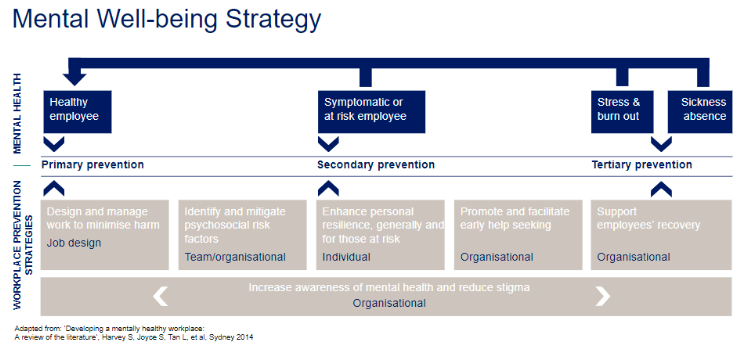The Workplace Stress Epidemic & How Managers Must Step Up
Look around your office—or, if you're already deep into Zoom calls, glance at your screen. Are your colleagues looking drained? Shoulders tense? That unmistakable look of exhaustion?
Workplace stress isn’t just a minor inconvenience—it’s a growing challenge for organizations everywhere.
A staggering 79% of employees report experiencing workplace stress, and 66% say they’re already feeling burned out—higher than ever before.
The impact?
Lower engagement, increased absenteeism, and rising turnover. Yet, many companies still treat burnout as an individual issue rather than a leadership and cultural one.
Leaders Have the Power to Change This
Companies like Novo Nordisk are making stress reduction a priority, committing to leadership training and workplace well-being initiatives. Read more on their strategy here.
But not every organization has the resources for large-scale programs.
That means managers play a critical role in shaping the culture that determines whether employees thrive or struggle. Small, intentional changes can have a significant impact. Here’s how:
1. Model the Balance You Encourage
Work-life balance isn’t just a phrase—it’s a practice. Log off at a reasonable hour, respect boundaries, and take breaks. When leaders prioritize well-being, it signals to the team that they can, too.
2. Make Well-Being a Daily Consideration
Beyond offering mental health days, build well-being into the flow of work. Encourage short breaks, protect focus time, and create space for recovery after intense projects. Small shifts in team norms can help reduce stress.
3. Communicate with Clarity and Consistency
Uncertainty fuels stress. Set clear expectations, provide regular updates, and create open channels for feedback. A transparent work environment helps employees feel more in control and less overwhelmed.
4. Encourage and Protect Healthy Boundaries
Help your team manage workload effectively. Support reasonable working hours, limit after-hours emails, and encourage unplugging outside of work. When leaders respect boundaries, employees feel safer doing the same.
5. Recognize Effort and Sustainable Success
Rather than celebrating only long hours and overwork, acknowledge contributions, collaboration, and smart, efficient work. Recognizing well-being as part of success shifts workplace culture for the better.
Burnout Prevention Starts with Leadership
Prioritizing well-being isn’t just a nice-to-have—it’s essential for long-term engagement and productivity. Organizations that invest in a healthier work culture will attract and retain top talent.
As a leader, the steps you take today can create a workplace where people feel valued, supported, and able to do their best work.

